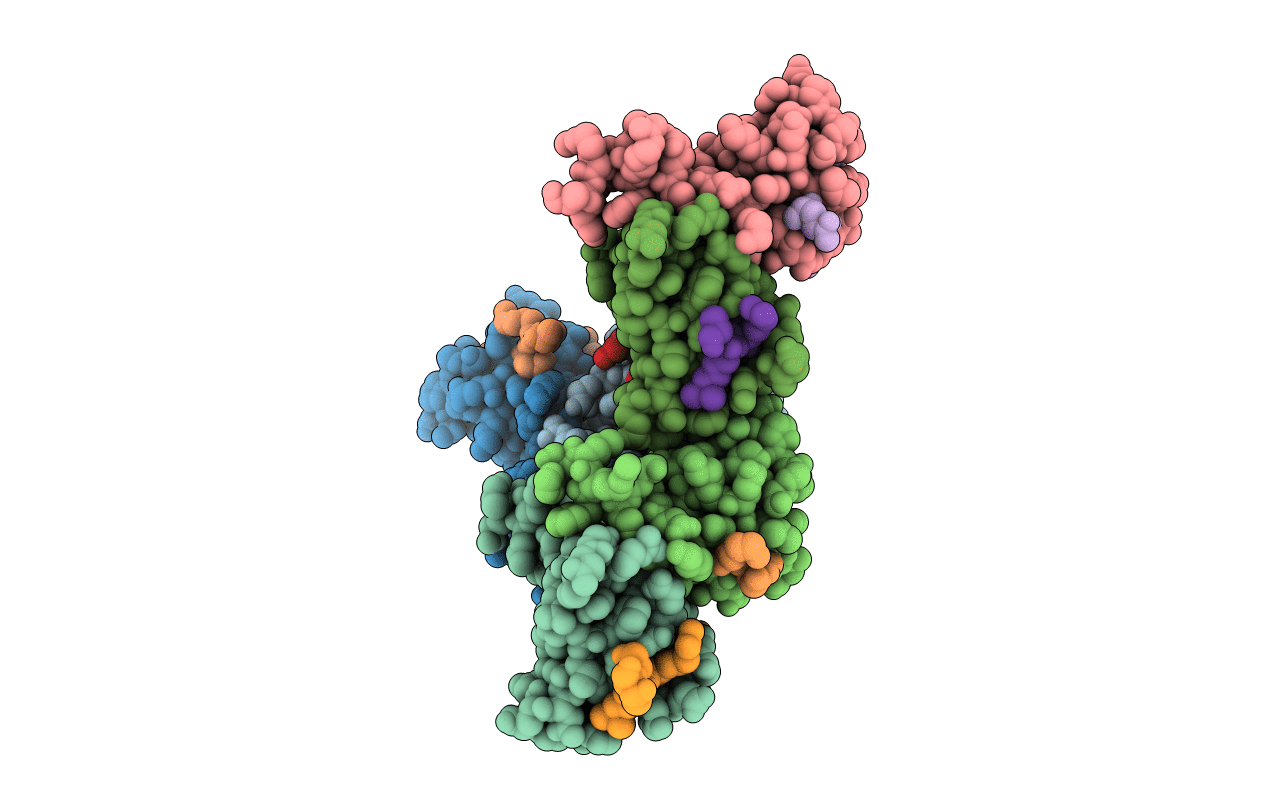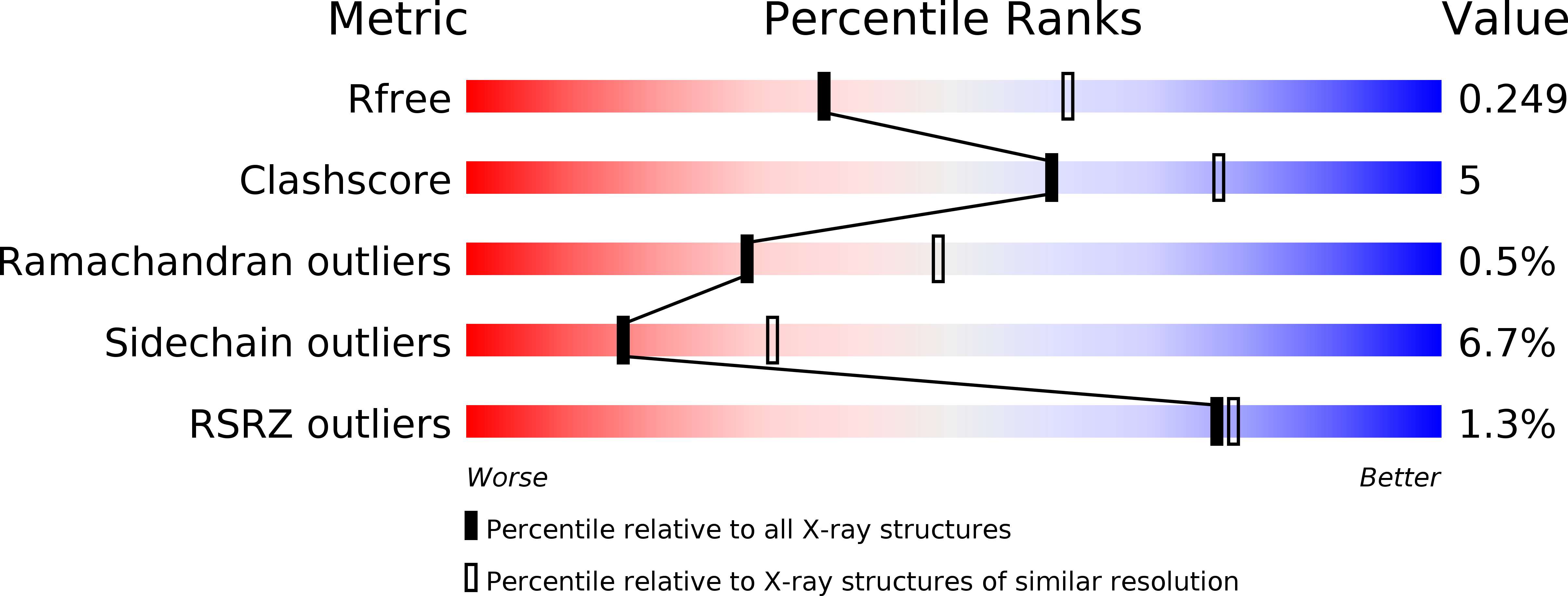
Deposition Date
2014-07-10
Release Date
2014-08-20
Last Version Date
2023-09-20
Entry Detail
PDB ID:
4QUF
Keywords:
Title:
crystal structure of chromodomain of Rhino with H3K9me3
Biological Source:
Source Organism:
Drosophila melanogaster (Taxon ID: 7227)
Host Organism:
Method Details:
Experimental Method:
Resolution:
2.50 Å
R-Value Free:
0.24
R-Value Work:
0.19
R-Value Observed:
0.19
Space Group:
P 1 21 1


